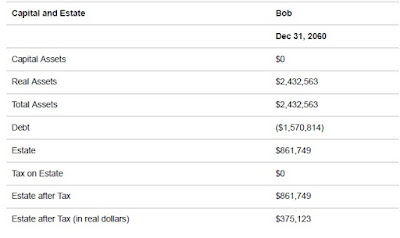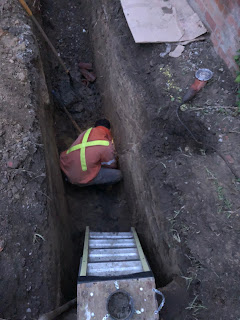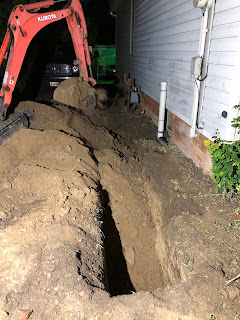2020 is the 7th year on my road to 50 doors!
The journey started in 2014 when my husband and I decided to go after passive cash flow and financial freedom. Without any prior experience, we set out to get 50 rental units within five years. Each unit would theoretically give us $200 of passive income. Overall, we aimed to achieve 10K/month cashflow.
Here we are seven years later! Happy to share actual results and lessons learned as of the end of 2019.
Financial Freedom Strategy
- Invest in Assets, which put money in my pocket
- Eliminate Liabilities, which take money away
- Until the positive cash flow from the assets covers my family's day to day needs aka we are Financially Free
BIG DREAM and THE DREAMLINE
I am working towards September 2022 deadline.
Or should I say DREAM-line? Ba-dam-shh...
The plan is to go away on a sailing trip during the 2022/2023 school year.
Timing will be perfect. Our little guy will still be in middle school. We'll do some sailing and sight-seeing and come back for his first year of high school in 2024.
My two oldest sons will be independent by then. Ha-ha, we'll see how that goes! As a side note, I would have never thought that handling teenagers can be A LOT TRICKIER than real estate investing! But this is a topic for a different type of blog.
WITH THIS IN MIND, MY BIG 2020 GOAL IS TO GET THE BOAT!!!
Status as of the End of 2019
KEY POSITIVES
- Our portfolio now has 17 assets. We added one in 2019.
- The total door count is 20! Only 30 more doors to complete the original 50 Doors plan
- I'm thrilled that our cashflow has bounced back up to 15K from the 2018 dive down to 3.9K.Tight hands-on asset management definitely paid off.
- I am most grateful for the caring, responsive, and responsible tenants and their families, as well as reliable and easy to work with property managers, handymen, trades, advisors, and partners.
- However....
THE KEY LESSON LEARNED
My biggest 2019 takeaway is EASY DOES IT!
Continuous rapid expansion can be emotionally exhausting and extremely stressful.
Every new asset you add to your portfolio requires resources - time, money, skill, energy, etc. Ever since we started, all equity and cash flow from older assets were going right back into the growth funnel and used to acquire new assets.
Too many times over the past year, my safety cushion was too thin. I relied on pure luck to make ends meet, juggle, and balance all the in-flows and out-flows.
Choosing the right pace is crucial in the long run. Giving myself ample cushion room yet still making great headway is the art I'd like to master.
Update on Objectives for 2019: Mostly Complete
- Eliminate a big chunk of my most costly liability, Bad Debt. This will increase my overall cash flow. With less debt, I'll attract other people's money on better terms. Done!
- Acquire assets that put money in my pocket at a reasonable pace without getting new bad debt. This will increase positive cash flow as well. Done!
- Sell non-performing assets in Spring 2019 to improve cash flow. Kind of done! I was able to improve operations without selling the assets.
- Acquire liquid assets. You can't buy groceries on real estate equity. Liquid assets will be my rainy day fund to protect me from a fire sale in case of an emergency. Great progress! Lots done and way more still to be done!
- Plan ahead for the sailing trip! Budget, research, and make sure my husband gets his sailing license. Getting there! Break your leg, Anton! :) Good luck on your skipper exam in a couple of months
Objectives for 2020
- Double revenue & double cash flow! Not sure how yet... don't ask.
- Take it easy & enjoy life - read, yoga, meditate, be active, have fun, help and support my loved ones, and give back.
- Last but not least - Get The Boat!
Numbers

Link to My Portfolio 2019 is here.
Link to My Portfolio 2018 is here.





























